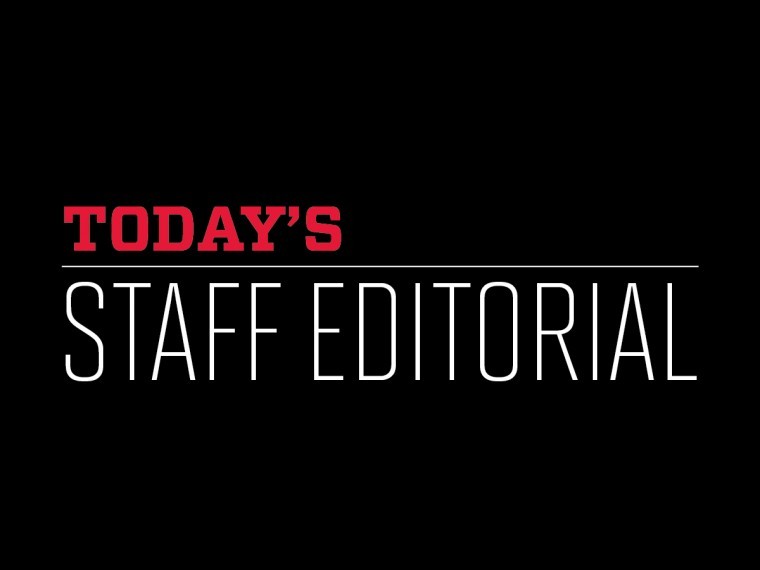
Today’s Staff Editorial
Just from walking around the campus and city, it’s clear many minds and hands have crafted differing visions for College Park. The sparkling facade of The Enclave contrasts the plain panes of a Burger King and the trees of Paint Branch Trail.
Over the past few years, this university has seen a host of redevelopment plans. Some, such as the long-stagnant East Campus and Purple Line proposals, have met with little progress. Other projects, such as the construction of LGBT-friendly Prince Frederick Hall and the Physical Sciences Complex, have made noticeable strides toward completion.
Whatever the timelines of those ventures, many regard them as offering future benefits to the university community. But earlier this year, the university faced a preliminary plan that could damage a longtime campus asset treasured by students, faculty, alumni and residents alike.
In July, development firm Greenberg Gibbons presented an unsolicited preliminary idea to university President Wallace Loh that proposed building a $100 million “academic village” on the university golf course. The plans, which suggested rezoning about 50 acres of the 150-acre course, included constructing a transit-oriented shopping center and building roads that would more directly link the campus and Interstate 95.
While Greenberg Gibbons has yet to submit a formal proposal — CEO Brian Gibbons said the firm remains undecided — the tentative existing plans have members of the university community from the golf team to state politicians up in arms. And they’re right to be upset. We are too.
The Maryland Golf Course Coalition, an offshoot of Friends of the University of Maryland Golf Course, formed in July shortly after Loh responded to Gibbons indicating the university would consider any of the firm’s further submissions regarding or pertaining to the proposal. The coalition, a 10-member committee publicly backed by a number of state senators and representatives, has voiced strong opposition to the plans since their inception.
Last week, 16 state and local lawmakers sent Gibbons a letter urging him to reconsider the proposal, citing concerns over the plans’ violation of “smart growth” principles, discrepancies with existing projects and potential harm to a valued campus green space.
Overall, the worries outlined in the letter appear well-founded. Though Greenberg Gibbons hopes to streamline the bottleneck traffic long plaguing the city, endeavors to revitalize the Route 1 corridor with upscale housing and retail have long been in place. Introducing a divergent factor into the mix could further complicate an already drawn-out undertaking. Moreover, enticing commuters to the shopping center could create the exact traffic problems the firm is attempting to mitigate.
In addition, as one of just 14 certified Audubon Cooperative Sanctuaries in the state, the golf course provides a valuable natural area and wildlife habitat, not only for the immediate community but also for the entire region. Green space is frankly more pleasant to look at than parking lots. With this university’s commitment to sustainability and minimizing its environmental footprint, it’s surprising that administrators would consider compromising such a mission in favor of expanding urban sprawl.
The economic boons the golf course offers the university shouldn’t be ignored, either. The course hosts about 35,000 rounds of golf each year, including the state high school championships. For many of those students, these games provide their first introduction to the university. Furthermore, about half of the 60 to 70 fundraising events the course hosts each year directly benefit the university’s various colleges and athletic teams.
After the university invested $3.5 million in 2009 to upgrade the course, the redevelopment plans seem almost wasteful. Though it’s unclear exactly what areas of the course the proposal affects, tarnishing any of it seems outdated and wrong.
Regardless of individual opinions about the future of the golf course, most everyone should agree that College Park is in flux. We support bold, transformative visions for the future of the university and city, not transit-oriented shopping in a nontransit area. Redeveloping the golf course into yet another desert of concrete and commerce would be great for suburban car-drivers looking for big box stores — but not for the university community.



